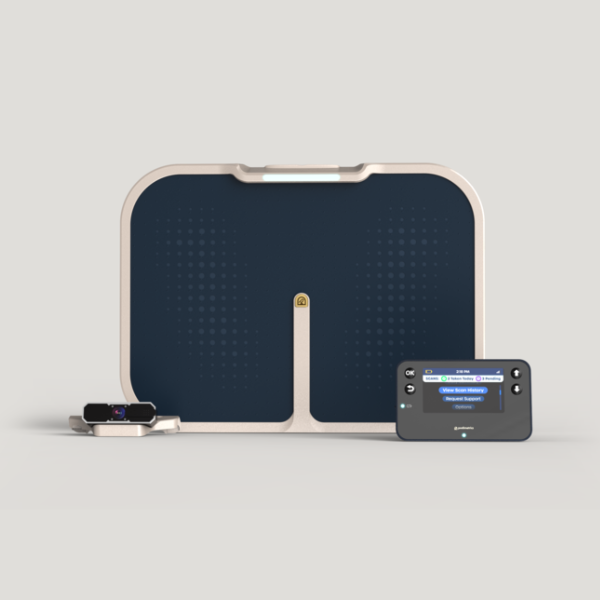Foot ulcers are a common complication associated with diabetes. In addition to their prevalence, diabetic foot ulcers can be extremely unpleasant and uncomfortable. Here’s a closer look at some common diabetic foot ulcer symptoms and what to expect if you happen to develop one.
What Are the Symptoms of a Diabetic Foot Ulcer?
One of the earliest symptoms of a diabetic foot ulcer is drainage from the foot that may leak out to stain your sock or shoe.
Symptoms of a diabetic foot ulcer include:
- Swelling
- Irritation
- Redness
- Smelly discharge
- Black tissue around the ulcer
- Pain
- Numbness
- Skin discoloration
Are All Diabetic Foot Ulcers Painful?
Not all diabetic foot ulcers are painful—especially if you have nerve damage that prevents you from feeling the wound.
The types of symptoms you’ll experience from a foot ulcer will often depend on its severity and location. Diabetic ulcers that have become infected are usually far more painful than ulcers in their early stages.
Contact your doctor or podiatrist immediately if you are experiencing symptoms of an infection. According to the National Institutes of Health, signs of an infected diabetic foot ulcer include:
- Increased redness, warmth, or swelling around the ulcer
- Extra drainage
- Pus
- Foul odor
- Fever or chills
- Increased pain
- Increased firmness around the wound
- Discoloration that is very white, blue, or black
Does It Hurt to Get Treatment for a Diabetic Foot Ulcer?
Staying off your feet can reduce the pain being caused by a diabetic foot ulcer. This is known as off-loading and is one of the most common ulcer treatments. Off-loading may involve resting or using a device such as a crutch, foot brace, or wheelchair that prevents you from putting pressure on the wound.
Debridement and surgery are other common treatments for a diabetic foot ulcer. Debridement involves cutting away dead skin and tissue. Surgery is usually only performed to treat severe ulcers and involves shaving down bone or removing bunions, hammertoes, or other abnormalities contributing to the ulcer.
You may be given painkillers or a local anesthetic if your podiatrist anticipates that any foot ulcer treatments will cause pain.
It’s important to keep in mind that while a diabetic foot ulcer and its treatment may be painful, your pain may be far worse if your ulcer becomes infected and leads to amputation. If you have diabetes, see your podiatrist regularly to receive an examination and proper diabetic foot care.





